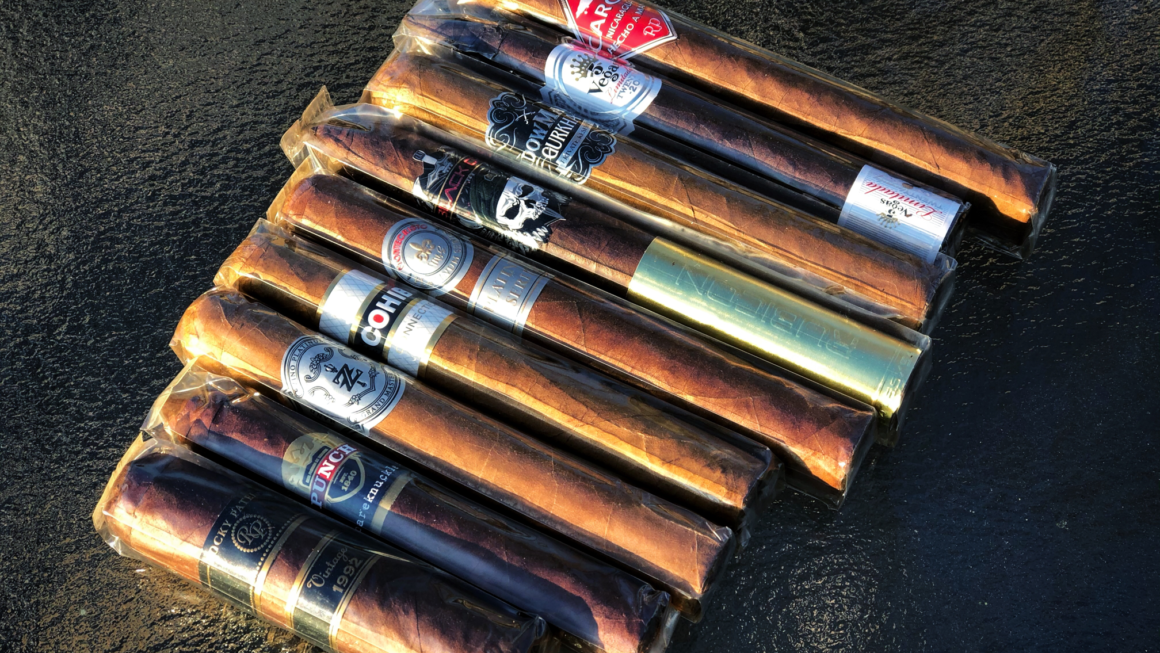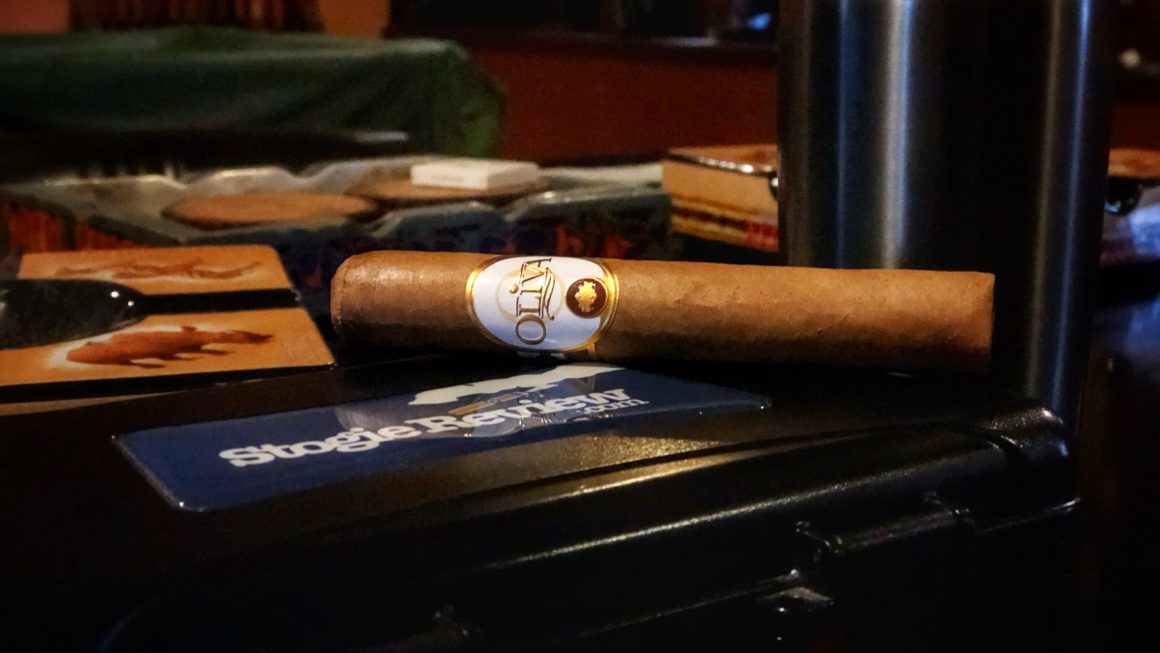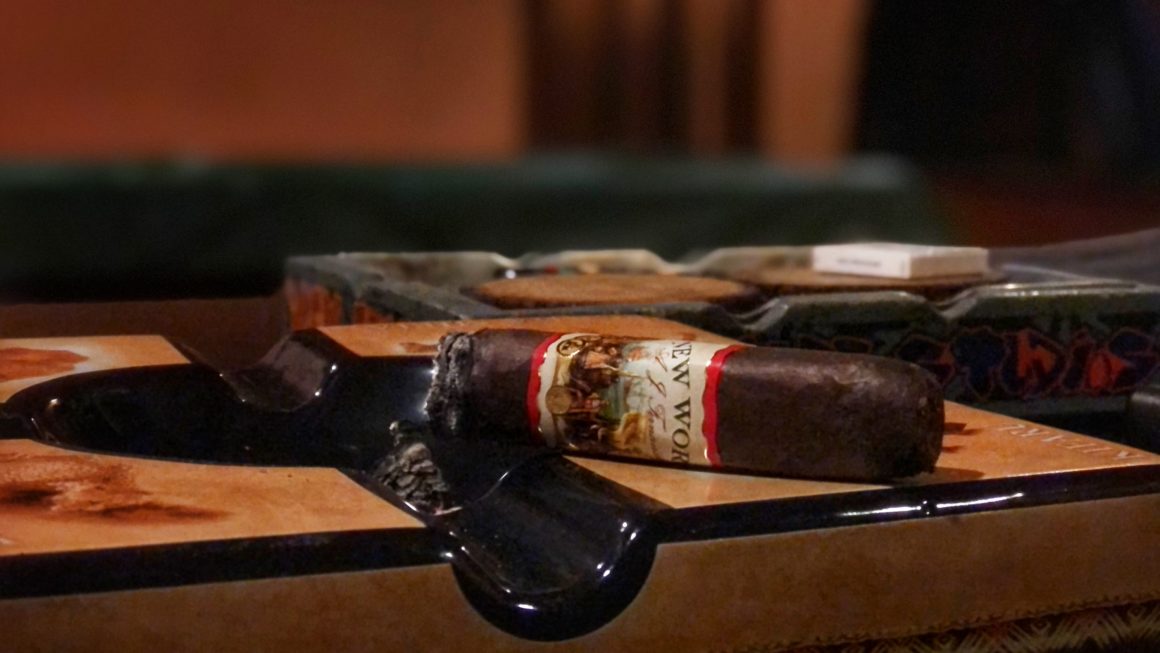Please Note:
This article is the opinion of the author and depicts a hypothetical situation. In the given situation, it is assumed that there is no difference, what-so-ever, between the composition of a thin ring gauge cigar and a large ring gauge cigar. In addition, the assumption is made that the vast majority of a cigars flavor is derived from the wrapper leaf only.
In this hypothetical situation, the purpose of the article is to show how one could assume that a Lancero would have far more wrapper flavor than that of a Robusto. Furthermore, the intention of this article is not meant to be convincing, but to simply point out how one could come to the conclusion that a Lancero will have more wrapper flavor that that of its larger ring gauge counterpart.
Ace from the Stogie Review Fan Forums.
Ring Gauge and its Effect on Flavor
Cigar sizes are described in two ways, by length and by ring gauge. It is not difficult to explain why someone might prefer a long or shorter cigar at different times, for different conditions. What is not so easy to understand is why there should be very thin and very fat cigars made in the same lines.
Some people like their cigars to compliment their physical appearance. Others may feel that a more substantial cigar helps them make a statement, makes them seem attractive or important. Still others might like the fun of holding a thin Lancero in the hand and twirling it about with a flourish while conversing.
Thus we have reasons for long, short, fat, and thin cigars, all based on personal preference. Cigar producers have made all these various shapes and variations of them available in apparently unlimited quantities.
It has been noted lately in the cigar media that there are also flavor differences generated by the different shapes. The differences are said to be exhibited most prominently in shapes like the Lancero, with a ring gauge ranging roughly from 38 to 42. Proponents of this shape are of the opinion that the ratio of the wrapper leaf to the filler leaf is greater in the Lancero shape and, consequently, that the wrapper thus has a larger part to play in the flavors of a Lancero than it would in a larger ring gauge cigar.
I think it is possible to evaluate this claim objectively, using mathematical theory to do so. Not only that, but I believe it is possible to predict with some precision how much the wrapper of a Lancero will affect the flavor of the rolled cigar and how much more wrapper flavor will be found in a Lancero than in a larger-bodied cigar.
Some would argue that such a claim is preposterous, that flavor cannot be quantified, and that the taste of the smoker is the ultimate determinant of flavor, not some mathematical formula or ratio. However, if it is possible to generate a mathematical prediction of the flavor component of the wrapper and its impact on the overall flavor of the cigar, then, all else being equal, that prediction is objective. If tasters smoking such a cigar cannot agree with the objective reality of the predicted taste difference in the smoke, perhaps it is their subjective ability to taste the difference that is at fault and not the derived mathematical values.
The Math:
Look at a cigar end on, from the foot, and consider that the foot represents a circle. For the purposes of this argument, we will ignore the binder, although it will ultimately have some impact, and concentrate on the wrapper and filler and ratios between them.
Assuming one layer of wrapper tobacco, the figures derived from arcane mathematics that won’t be articulated here are as follows:
- Ring Gauge 50: 8%
- Ring Gauge 44: 9%
- Ring Gauge 42: 9.5%
- Ring Gauge 38: 10.5%
If the cigar utilizes additional layers of wrapper, that will only serve to increase the relative percentage of wrapper versus the percentage of filler.
Analysis:
It doesn’t seem to make much of a difference, does it?
However, if we express the difference in the percentage of wrapper in a 50 ring gauge cigar compared to the percentage of wrapper in a 38 ring gauge Lancero as a ratio, the impact is clear. The Lancero will be comprised of (10.5%-8%) 2.5% more wrapper than the 50 ring gauge cigar. That ratio will then be 2.5/8 or, expressed as a percentage itself, 31.25%. That is a difference of nearly a third and would be expected to have a considerable impact upon the flavor of the complete cigar. A Lancero will express 31% more of the wrapper flavor than will a 50 ring gauge cigar. If it is true, as has been argued elsewhere, that wrappers can influence the taste of a cigar by as much as 60%, then it is clear that a difference of 31.25% in a Lancero can have a pronounced effect, in this case the effect of the wrapper on the smoke being not 60%, but as much as 80% to 85%, a significant impact.
Conclusion:
Cigars are a matter of taste. Taste may not be quantifiable, but the amount of wrapper content and its ratio to the amount of filler in a cigar can be quantified precisely. The mathematics here and the generated ratios are clear, objective, and incontrovertible. So, the next time you smoke a Lancero and don’t think you tasted much in the way of wrapper flavor, you’re probably just flat wrong. Maybe you had a bad day. Maybe you missed it. But remember, the numbers don’t lie!
Additional Reading:
If this post his sparked some interest, check out some other reading on the topic.
- Ace’s original post in the Fan Forums: Found Here
- Walt’s discussion on the topic at the Club Stogie Forum: Found Here




Nicely done Walt. It is true, objective measures are what science of all sorts are based on. IF the various cigars of different ring guages were smoked through a high tech machine to analyze the different percentages of wrapper flavor to filler flavor, then the numbers would probably prove this. Obviously a large number of cigars (n=50?) of the same size and type would have to be tested through this machine and compared to eachother, to the other ring sizes of the same brand and type cigar and to your baseline you found for them. But then again, until this equipment is developed and used for this purpose, it is just a hypothesis using the scientific method and we are simply held to physical mass of tobacco ratios in one cigar vs another to help us approximate how the tastes may vary 😉
Was this your thesis paper in college!?
Finally, a reason to study math. Very nicely done, Ace.
Thanks for the comments. In the absence of a “high tech machine” and in the interest of scientific investigation, all I can do is offer myself in its place. I would be happy to evaluate all free cigars sent to me and report on my findings. I would not even charge for this service. I feel that it is an appropriate sacrifice to further scientific endeavors.
Another winner ace. I bask in the light of your super herodom. 😀
Agreed Ace…good job on this whole topic 🙂